What is sodium?
Sodium is an essential micronutrient used by the body for a range of physiological mechanisms. It ensures that fluids are in a normal balance in our body and plays a role in nerve and muscle function[1].
Are sodium and salt the same thing?
Sodium is consumed in food mainly as sodium chloride, also known as salt. Excessive intake of salt in our diets can increase our risk of developing a range of chronic diseases such as kidney disease and heart disease[1]. This is due to sodium’s effect on raising blood pressure, putting stress on our heart and other organs[1]. It is therefore important that we limit our salt intake to within the recommended range to support our health long term[1].
How much salt do I need?
Our bodies need a small amount of sodium to help with physiological processes. However, it is recommended adults eat no more than about a teaspoon (5g) of salt per day, which equates to roughly 2000mg sodium[2]. Despite this recommended amount, the average Australian adult consumes almost double this[3].
This is because salt is added to nearly all processed and packaged foods[3], with many Australians not aware of the added salt in products they buy, particularly if they don’t taste salty.
Which foods contain hidden salt?
Salt can sneak into our diets via many unsuspecting food products, including:
- sauces (tomato, BBQ, Asian sauces, salad dressings)
- pre-packaged pasta sauces
- canned vegetables and legumes such as tinned tomatoes, beans or chickpeas
- liquid stock
- store bought snacks (chips, popcorn, biscuits, including veggie or legume -based chips – some of these can have the most salt of them all!)
- cakes, muffins and sweet biscuits
- breakfast cereals
- processed meats (bacon, ham, sausages, meat pies)
Lots of these everyday products contain added salt, to add flavour and as a preservative[4].
Remember
- Adults should consume no more than 1 teaspoon (5g) of salt each day, with excessive intake increasing risk of certain diseases.
- Added salt is found in a range of processed and packaged foods.
- Just because a packaged food doesn’t taste salty doesn’t necessarily mean it doesn’t have salt as an ingredient.
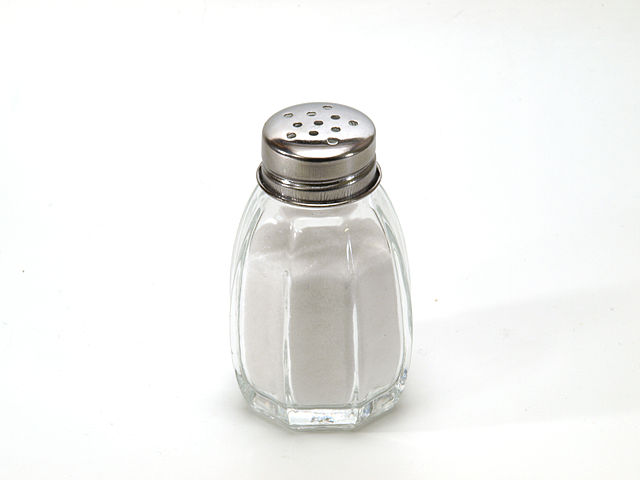
How can I reduce salt in my diet?
It is best to cook from home as much as you can so you can monitor the level of added salt in your meal. When cooking from home, there are many ways we can keep food tasty whilst limiting our salt intake.
Have a look at a few tips below:
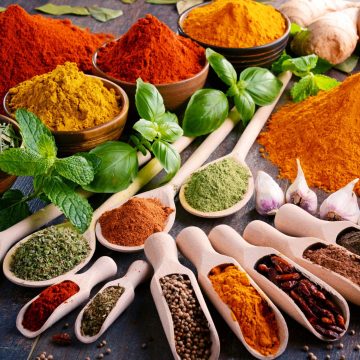
Try new flavour combinations by adding herbs and spices to your meats, meat alternatives or roast vegetables. Try using garlic, pepper, rosemary, thyme, paprika, chili flakes, oregano, cumin or any other herbs and spices.
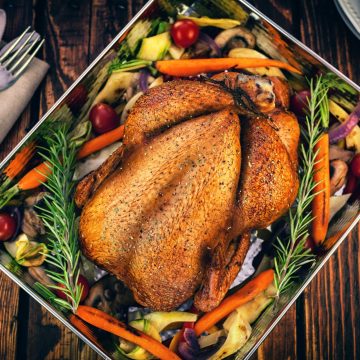
Avoid using highly processed luncheon meats such as ham and salami and swap for home cooked meats and poultry.
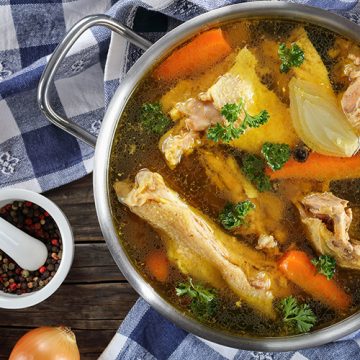
Make your own low sodium vegetable and meat stocks.
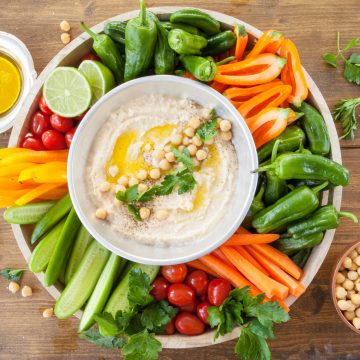
Make homemade dips and sauces using low sodium ingredients and pair them with fresh fruit and vegetables instead of crackers.
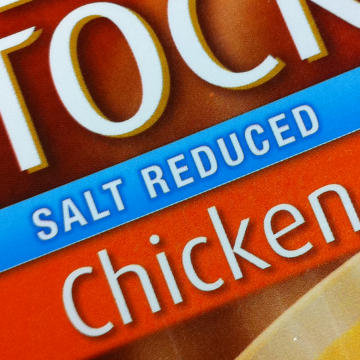
When purchasing pre-made sauces, dips, tinned food or stock, go for low or no salt options.
When buying packaged foods, you can also check the sodium content on the Nutrition Information Panel to help keep your intake low. Select products such as crackers, chips, cereal and pasta sauces that have less than 400mg of sodium per 100g and aim to not exceed 2000mg for the day.
Learn more about the Nutrition Information Panel in our Food Label Reading Guide.
References:
1 NHMRC. (2017). Sodium. https://www.nrv.gov.au/nutrients/sodium
2 NHMRC. (2013). Australian Dietary Guidelines. https://www.nhmrc.gov.au/adg
3 Heart Foundation. 2022. Is salt bad for your heart? https://www.heartfoundation.org.au/heart-health-education/salt-and-heart-health
4 Food Standards Australia & New Zealand. (2021). Sodium and salt. https://www.foodstandards.gov.au/consumer/nutrition/salt/Pages/default.aspx#:~:text=It’s%20been%20used%20in%20food,including%20stroke%20and%20heart%20attack.